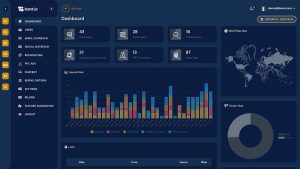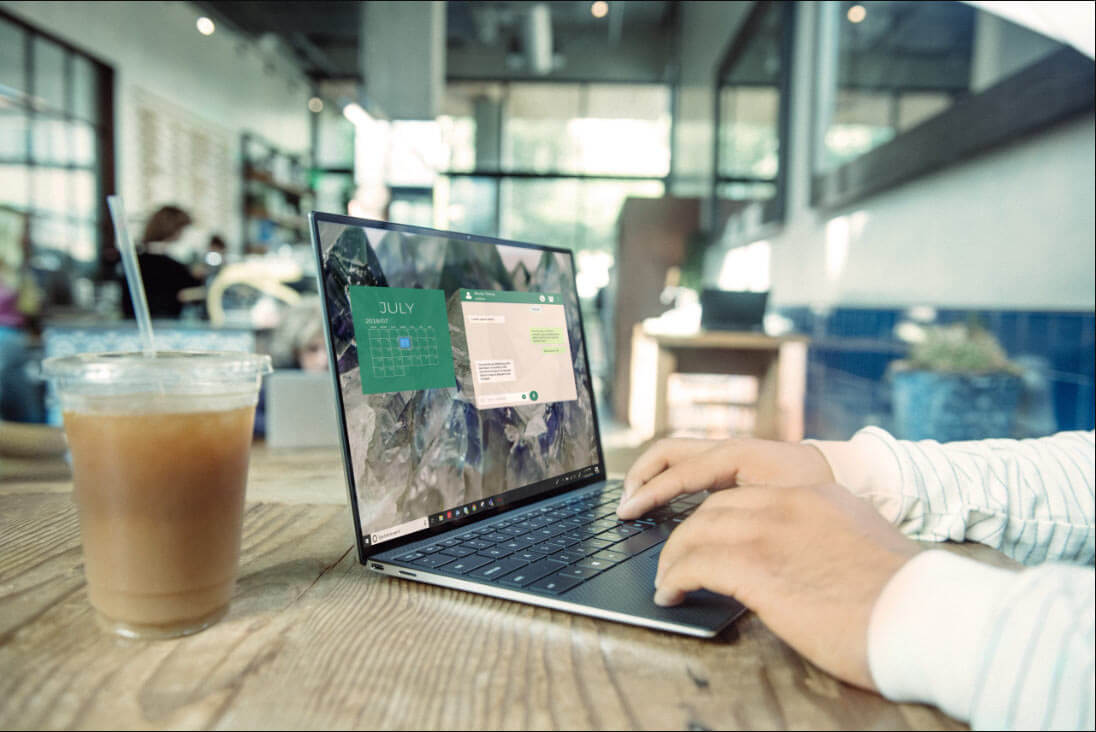B2B sales lead generation can be a tricky business. However, it’s an essential part of just about every area of the sales process. As such, it’s worth spending the time getting to grips with some of the fundamentals. You need to know the difference between MQL and SQL leads, as well as where you can find each kind. Confused? Worry not, we take a detailed look at what B2B leads are, what the different types mean, and how to generate leads for B2B business.
What exactly is a B2B lead?
Before we can get into the details of what an SQL, IGL, and SRL are, let’s first start with the basics. What exactly is a B2B lead? It’s a question worth asking, as it’s not quite as straightforward as you might think.
Put simply, a lead is a person or organization that is interested in what you’re selling. For a B2B lead, this entity relates to the world of business-to-business sales. A lead can express their interest in a variety of different ways, but usually, it’s by engaging with some facet of your business. They’ll often share contact information with you, showing they’re at least somewhat interested in hearing from your business further. However, some stats show that only 25% of leads are legitimate.
Of course, not all leads are born equal. There are a variety of different ways of measuring just how engaged an individual/business is with your company. Knowing the differences and how to categorize them can then influence your approach to sales, including your sales stages.
Types of B2B leads
So, now that we know the basics of what a B2B lead is, let’s take a closer look at some of the ways we can categorize them. As we’ll see, one lead can fit into multiple categories, so it’s worth outlining the different types of leads.
Warm leads vs Cold leads
This is one of the most important distinctions to make when it comes to qualifying leads. A cold lead is one that is unaware that they’ll be contacted by you. For example, a call that comes out of the blue trying to sell a product or service. A warm lead, on the other hand, is someone who has already shown an interest in your business. They’ll also have taken some action to engage with you, such as signing up for your emailing list.
Information Qualified Lead (IQL)
What is an IQL? Well, it’s perhaps on the weaker side of the spectrum. Essentially, these are people who know very little about your business and are unlikely to take action. They appear towards the top of the sales funnel.
Marketing Qualified Leads (MQL)
The next step along the sales funnel is a marketing qualified lead. MQLs take further action to engage with your business, such as by signing up for a free course or downloading a PDF. What is an MQL? It’s someone who has shown interest beyond sharing a phone number or email address.
Sales Ready/Accepted Leads (SRL)
Next, what is an SRL? A sales-ready (or accepted) lead is someone who is towards the bottom of the sales funnel. They may have asked to speak with a sales rep at your company, and are ready to speak about the potential to do business with you.
Sales Qualified Leads (SQL)
What is an SQL? Well, these are people who have moved from MQL and are ready to make a decision. They’ve likely had a conversation with a salesperson, and there is the potential there for a sale. A sales qualified lead can be a valuable asset.
Member Service Request Leads (MSR)
An MSR lead is a consumer-generated lead that comes when a new member signs up for your service. They can be valuable, as they give you the chance to engage with them straight away.
Inbound
An inbound lead is someone that initiates contact with you, either directly or through one of your referral channels. For example, someone may read about your business on LinkedIn and decide to reach out.
Outbound
Outbound leads are those that you develop by reaching out. These are usually cold leads that haven’t opted into marketing communication with you, making them harder to reach.
How to Generate Leads for B2B Business
Now that we know a little about the difference between MQL and SQL leads, it’s time to look at some general tips on how to find such leads. Towards the end of the article, we look at some of the best places to explore. For now, we’ll focus on some general advice that can help:
- Know your customers. You’ll want to build customer profiles to know who your most profitable customers will be. These customer personas can be used to help you find the best kinds of leads.
- Work on your LinkedIn skills. LinkedIn is a goldmine of potential leads. Knowing how to use the various tools on offer can really help with your prospecting.
- Develop your content. As the old saying goes, content is king. Having engaging and relevant articles, videos, posts, and social media posts can help to build a reliable source of warm leads.
Find reliable data. Services such as Bant can help you uncover a variety of B2B customers. Reliable data is vital in the search for hot prospects.

- Foster your reputation. Building your authority by providing a consistent and high-quality sales process can help with things like referrals and repeat customers.
Best sources for B2B Sales Lead Generation
By this point, you’re probably itching to get out and start finding some hot B2B leads. But where should you look? There are several methods worth considering:
Cold calling
Although a somewhat outdated technique, cold calling still has its place for lead gen. It puts you in direct contact with your prospects, giving you the (limited) chance to make a good impression.
Automation
With services like Bant, you can automate your customer acquisition, giving you lead generation and sales acceleration that can make the entire process a whole lot easier.
Peer-to-peer meetings
A face-to-face meeting with other sales reps is always a good way of securing some sales leads that are primed and ready. Again, another old school method of marketing, but one that can certainly work.
Strategic partnerships
A strategic partnership is when you form an alliance with a parallel company. It has to be a mutually beneficial arrangement, where you can share leads and expand your prospect base.
Customer referrals
Good news travels fast, and your existing customers can be an excellent source of new leads. This hinges on you developing a strong relationship with the existing lead but can result in new customers.
Events
Again, being physically present with people can be a hugely successful way of meeting new people interested in your business. Whether it’s an event you’re holding or attending, there are few better ways to make industry connections.
Content marketing
Content is vital to a successful B2B sales lead generation campaign. You want to be able to back up your words and actions with some strong materials that can further sell your business.
Social media
As well as sites like LinkedIn, it’s also possible to engage with prospects on other social media sites. Try and join groups that are related to your industry and provide insight, advice, and expertise wherever possible. Social outreach is a hot trend right now.
Chatbots
Rule-based logic chatbots can engage customers visiting your website, resulting in qualified sales leads. Such a method can get the conversation started, even when you’re not directly talking with prospects.
Final thoughts
There we have it, a detailed look at the types of sales leads and where to find them. Clearly, it’s worthwhile getting to know the ins and outs of how to generate leads for B2B business. With a bit of know-how, you’ll soon be filling your sales funnel with people who are eager to do business with you.

